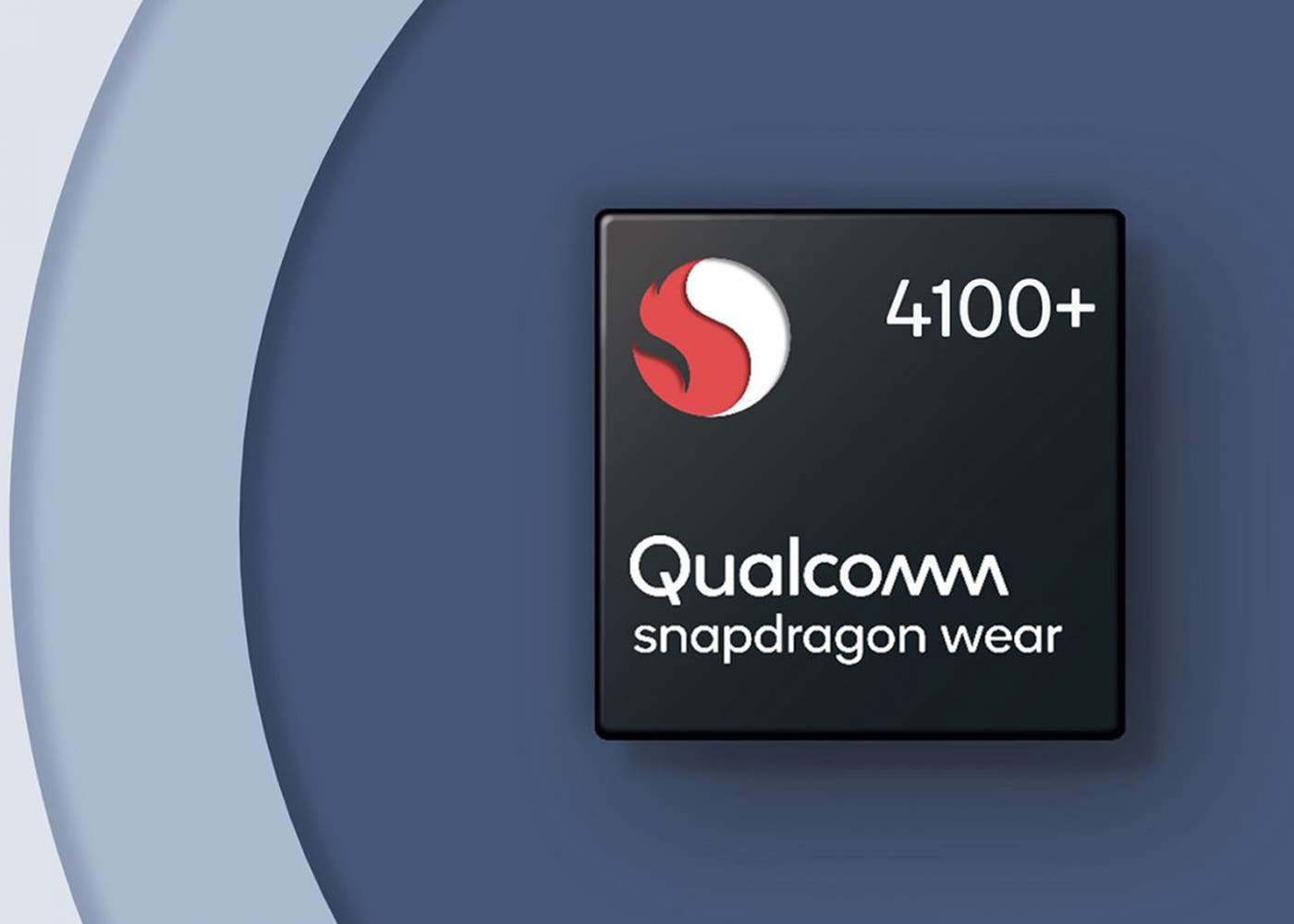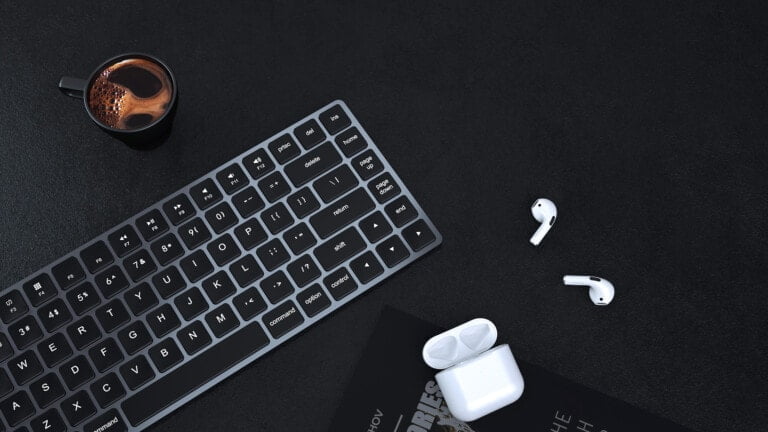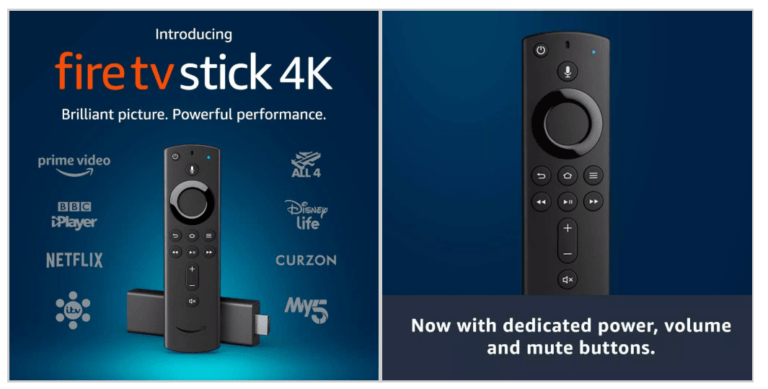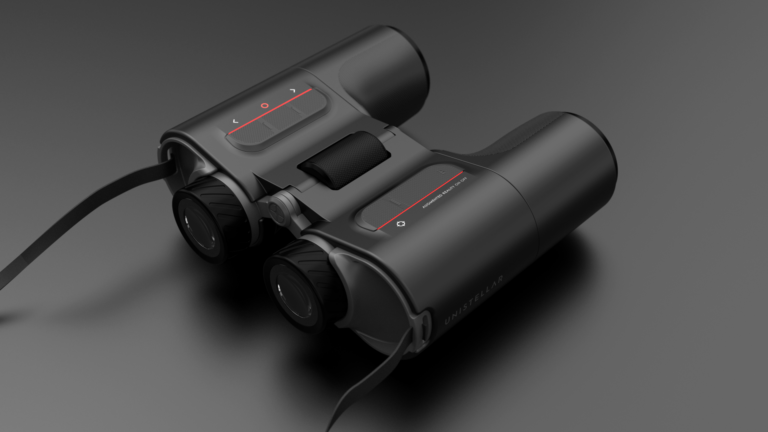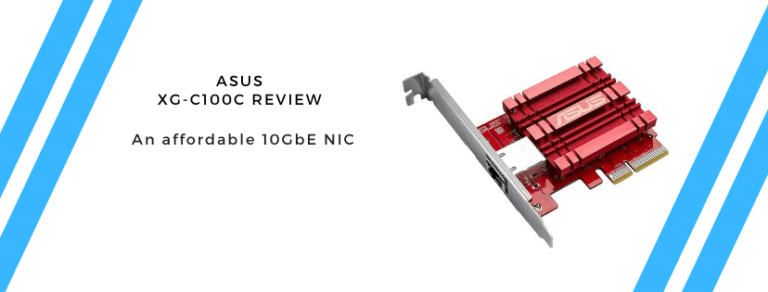Any links to online stores should be assumed to be affiliates. The company or PR agency provides all or most review samples. They have no control over my content, and I provide my honest opinion.
Notice how Google has still not made a smartwatch of their own? That’s because Smartwatches based on the WearOS platform have been a bit of a disaster, battery life has always been terrible, and this is largely thanks to the inefficient out of date chipsets made by Qualcomm.
I can appreciate that Qualcomm is in a bit of a chicken and egg scenario, without demand from manufacturers, they have not had the incentive to put much time or effort into the platform. This has led to glacially slow development, both in terms of the release cycle and the improvements each generation brings.
Snapdragon Wear 2100 was launched back in February 2016, then Snapdragon Wear 3100 in September 2018. Then the companies adopting the Snapdragon Wear 3100 have been few and far between, there is the Fossil group which covers lots of fashion brands including Diesel and Armarni with all the watches basically the same hardware. Then the ambitious multi-sport Suunto 7 and the Moto 360 (2019).
Most other brands on the market still use the Qualcomm Snapdragon 2100 platform, such as Mobvoi with their TicWatch options. I received the Mobvoi TicWatch S2, while I actually liked the watch overall, I had to return it to Amazon because I could not live with the battery life.
These performance issues are likely why Huawei ditched WearOS altogether, and instead opted for feature watches such as the Huawei Watch GT2e, which have less functionality but incredible battery.
Qualcomm Snapdragon 4100 & 4100+ Announced
However, with that long preamble out of the way, Qualcomm look like they have pulled there finger out and put a little effort into the platform with the announcement of the Qualcomm Snapdragon 4100 & 4100+ chipsets.
It looks like the new chipset has the same specification as the previously rumoured Snapdragon Wear 3300 and the overall specification does look very promising.
Fabrication Process & Big Core (CPU / RAM / GPU)

Both the SD Wear 2100 and 3100 used the ageing 28nm fabrication process and older Arm Cortex A7. The Arm Cortex A7 design was announced back in 2011 and powered devices such as the Raspberry Pi 2 which dates back to 2015. For context, 2011 is when the Samsung Galaxy S II and the Apple iPhone 4 were launched.
Qualcomm has now finally brought the platform up to relatively modern standards by vastly improving the fabrication process going from 28nm all the way down to 12nm and using Arm Cortex-A53 cores. In phone terms, that’s similar to what MediaTek just announced with their Helio G35 featured on the budget Realme C11, its low end for a phone, but plenty for a smartwatch.
The new chipset retains the quad-core design, noteworthy because the Samsung Exynos 9110 is dual-core, and the frequencies get a huge bump to 1.7GHz.
The chip still relies on LPDDR3 as its memory technology, but the clock rates have been upped from 400MHz to 750Mhz.
The GPU has also seen a significant leap forward moving from the Adreno 304 to a new Adreno 504.
QCC1110 Co-processor – Snapdragon Wear 4100 vs 4100+

Basically, the only difference between the Snapdragon Wear 2100 and 3100 was the inclusion of a new low powered co-processor. There were big promises about battery saving with this and the benefit of always-on functionality while in a low powered mode. For real-life usage, I am not sure of anyone claiming to notice a significant difference.
The co-processor can serve as the sensor hub collecting data from your typical smartwatch sensors. So it could be that this plays a big role in the likes of the Suunto 7, and generally any smartwatch with a focus on fitness tracking.
However, this will likely be critical for multi-day battery life performance as we move forward. Qualcomm has upgraded the existing QCC1110 which uses the Arm Cortex M0 CPU to be able to have richer colour depth rendering ability for up to 16 bit (64K colours).
Interestingly, the QCC1110 is a standalone chip, so in theory, someone can make a device based just on this (for ultra low power applications), or even use the Snapdragon 4100 without the co-processor.
This is then what differentiates the 4100 and 4100+. The plus variant has the QCC1110, and the stand lacks it.
While the Qualcomm Snapdragon 4100 without a power-efficient co-processor may not sound that appealing for a smartwatch, it could be used in IoT devices which have access to larger batteries. Things like home surveillance, speakers, and smart home hubs could all benefit for this.
Other Upgrades

There is now a second audio DSP for application side processing (Alongside the modem DSP).
Qualcomm has also double up on the ISP which in theory will allow it to hand dual 16MP cameras, for some of the more eccentric designs we may see in the future. Video calls on your watch? Please no!
Performance improvements and Battery Life

Qualcomm claims an improved CPU performance of 85% with GPU performance going up 2.5 times which should mean WearOS devices never have any issues with general performance.
However, all that added performance means that they are only claiming a 20% decrease in battery use. We will have to wait and see if that is enough to make WearOS usable. Personally, I would have sacrificed a bit of that performance in favour of battery life.
Connectivity
It looks like the chipset still has the X5 2G/3G/LTE model for 150/50Mbps, but they have new RF system includes optimisations for power usage.
Bluetooth has been upgraded to 5.0 and all the benefits that bring including double the data rate transfer increased range and improved power consumption.
Watches with the Qualcomm Snapdragon 4100+
Mobvoi TicWatch Pro 3
Mobvoi have been one of the big successes with WearOS, watches like the E2 look good and are affordable, so even if the battery life is so-so, they are a decent choice.
Qualcomm announced that the Mobvoi TicWatch Pro 3 would use the new chipset, this is the slightly more expensive option from Mobvoi, with the current Pro model using an innovative dual layer display allowing it to switch from the data-rich colour display to a black and while high contrast low powered FSTN touch screen
Suunto 7 successor
More exciting for me is the likely successor to the Suunto 7. Qualcomm stated a Suunto wearable was in the worth, but no other information. As much as I like Garmin, I would love a genuine alternative multi-sport watch running WearOS with multi-day battery life, and this is likely the closest we will get
Imoo Z6 Ultra kids smartwatch
This is actually going to be the fist Wear 4100 based smartwatch to market, it is expected to launch within the next 30 days.
Qualcomm Snapdragon 4100 & 4100+ vs 3100 vs 2100 Comparison Table
| Snapdragon Wear 4100+ | Snapdragon Wear 3100 | Snapdragon Wear 2100 | Exynos 9110 | |
|---|---|---|---|---|
| First announced | June 2020 | September 2018 | 1st February 2016 | August 9, 2018 |
| Fabrication Process | 12nm | 28nm | 28nm | 10 nm (0.01 μm, 1.0e-5 mm) |
| Core count | 4 | 4 | 4 | 2 |
| Clock Speed | 1.7 | 1.2 GHz | 1.2 GHz | 1.15 GHz |
| Core name | ARM Cortex A53 | ARM Cortex A7 | ARM Cortex A7 | Cortex-A53 |
| CPU Architecture | 64 bit | 32-bit | 32-bit | 64 bit |
| Integrated gpu | Adreno 504 @750Mhz | Adreno 304 GPU @400Mhz | Adreno 304 GPU | Mali-T720 MP1? |
| Coprocessor | Enhanced QCC1110 Cortex M0 | QCC1110 Cortex M0 | No | No |
| RAM | LPDDR3 750Mhz | LPDDR3 400Mhz | ||
| Isa | ARMv7-A | ARMv7-A | ARMv7-A | ARMv8.2 |
| 802.11b/g/n | 802.11b/g/n | 802.11n | Wi-Fi 802.11b/g/n | |
| Bluetooth 5, | Bluetooth 4.1 | Bluetooth 4.1 | Bluetooth 4.2 | |
| Cellular | X5 2G/3G/LTE (Cat 4, up to 150/50 Mbit/s) | X5 2G/3G/LTE (Cat 4, up to 150/50 Mbit/s) | X5 2G/3G/LTE (Cat 4, up to 150/50 Mbit/s) | 3G/LTE |
I am James, a UK-based tech enthusiast and the Editor and Owner of Mighty Gadget, which I’ve proudly run since 2007. Passionate about all things technology, my expertise spans from computers and networking to mobile, wearables, and smart home devices.
As a fitness fanatic who loves running and cycling, I also have a keen interest in fitness-related technology, and I take every opportunity to cover this niche on my blog. My diverse interests allow me to bring a unique perspective to tech blogging, merging lifestyle, fitness, and the latest tech trends.
In my academic pursuits, I earned a BSc in Information Systems Design from UCLAN, before advancing my learning with a Master’s Degree in Computing. This advanced study also included Cisco CCNA accreditation, further demonstrating my commitment to understanding and staying ahead of the technology curve.
I’m proud to share that Vuelio has consistently ranked Mighty Gadget as one of the top technology blogs in the UK. With my dedication to technology and drive to share my insights, I aim to continue providing my readers with engaging and informative content.

